Match List -I (Equations) with List -II (Type of processes) and select the correct option.
List -IList -IIEquationType of processes(a)Kp>Q(i)Non spontaneous(b)ΔG∘<RTlnQ(ii)Equilibrium(c)Kp=Q(iii)Spontaneous and endothermic(d)T>ΔHΔS(iv)Spontaneous
(a) (b) (c) (d)(iii) (iv) (ii) (i)
(a) (b) (c) (d)(iv) (i) (ii) (iii)
(a) (b) (c) (d)(ii) (i) (iv) (iii)
(a) (b) (c) (d)(i) (ii) (iii) (iv)
The correct Answer is:B
To solve the problem of matching the equations from List-I with the types of processes from List-II, we will analyze each equation step by step.
1. Equation (a): Kp > Q
- Analysis: When the equilibrium constant (Kp) is greater than the reaction quotient (Q), it indicates that the forward reaction is favored. This means that the reaction will proceed in the forward direction until equilibrium is reached. This process is spontaneous.
- Match: (a) → (iv) "Spontaneous"
2. Equation (b): ΔG° < RT ln Q
- Analysis: If ΔG° (Gibbs free energy change) is less than RT ln Q, it implies that the reaction is non-spontaneous in the forward direction. This means the reverse reaction is favored, making the forward reaction non-spontaneous.
- Match: (b) → (i) "Non spontaneous"
3. Equation (c): Kp = Q
- Analysis: When Kp equals Q, it indicates that the system is at equilibrium. At this point, the rates of the forward and reverse reactions are equal, and no net change occurs in the concentrations of the reactants and products.
- Match: (c) → (ii) "Equilibrium"
4. Equation (d): T > ΔH/ΔS
- Analysis: If the temperature (T) is greater than ΔH/ΔS, it can be rearranged to show that ΔG° is negative (ΔG° = ΔH - TΔS). A negative ΔG° indicates that the reaction is spontaneous. Since ΔH is positive, this implies that the reaction is endothermic (absorbs heat).
- Match: (d) → (iii) "Spontaneous and endothermic"
Final Matches:
- (a) → (iv) "Spontaneous"
- (b) → (i) "Non spontaneous"
- (c) → (ii) "Equilibrium"
- (d) → (iii) "Spontaneous and endothermic"
Summary of Matches:
- A: 4
- B: 1
- C: 2
- D: 3
- Analysis: When the equilibrium constant (Kp) is greater than the reaction quotient (Q), it indicates that the forward reaction is favored. This means that the reaction will proceed in the forward direction until equilibrium is reached. This process is spontaneous.
- Match: (a) → (iv) "Spontaneous"
- Analysis: If ΔG° (Gibbs free energy change) is less than RT ln Q, it implies that the reaction is non-spontaneous in the forward direction. This means the reverse reaction is favored, making the forward reaction non-spontaneous.
- Match: (b) → (i) "Non spontaneous"
- Analysis: When Kp equals Q, it indicates that the system is at equilibrium. At this point, the rates of the forward and reverse reactions are equal, and no net change occurs in the concentrations of the reactants and products.
- Match: (c) → (ii) "Equilibrium"
- Analysis: If the temperature (T) is greater than ΔH/ΔS, it can be rearranged to show that ΔG° is negative (ΔG° = ΔH - TΔS). A negative ΔG° indicates that the reaction is spontaneous. Since ΔH is positive, this implies that the reaction is endothermic (absorbs heat).
- Match: (d) → (iii) "Spontaneous and endothermic"
- (a) → (iv) "Spontaneous"
- (b) → (i) "Non spontaneous"
- (c) → (ii) "Equilibrium"
- (d) → (iii) "Spontaneous and endothermic"
- A: 4
- B: 1
- C: 2
- D: 3
Similar Questions
Match List-I with List-II and select the correct option.
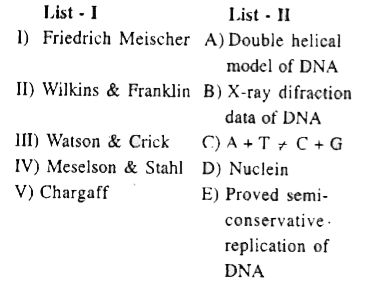
 View Solution
View SolutionMatch the List I with List II and select the correct option.
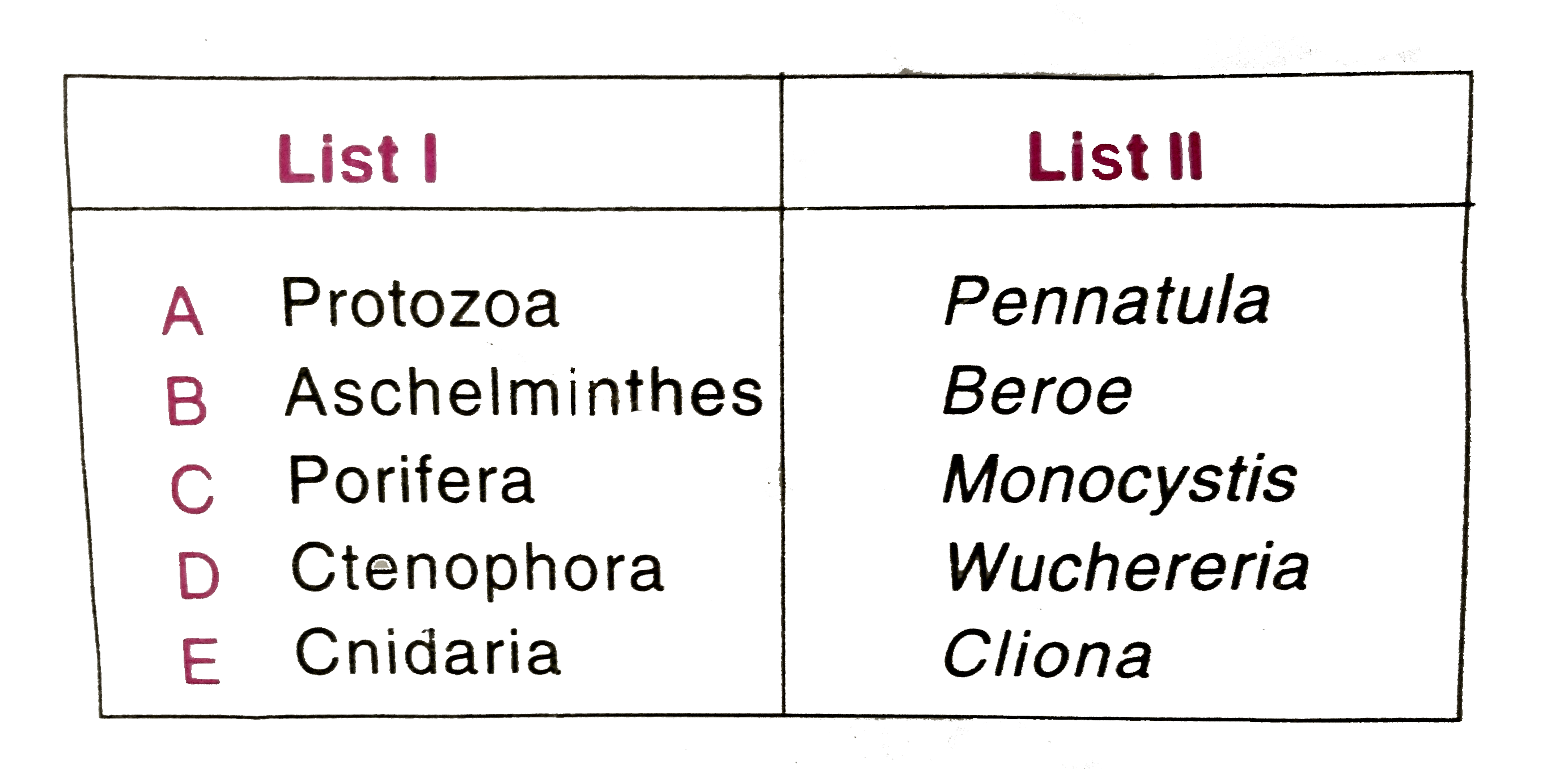 View Solution
View SolutionMatch List-I (Cell type) with list-II (Characteristic) and Select the Correct answer
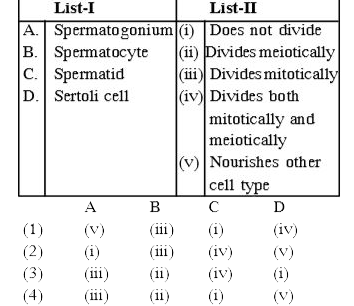 View Solution
View SolutionMatch List-I with List-II and select the correct option
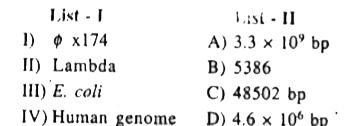 View Solution
View SolutionMatch List-I with List-II and select the correct option
 View Solution
View SolutionMatch list I with list II and select the correct option
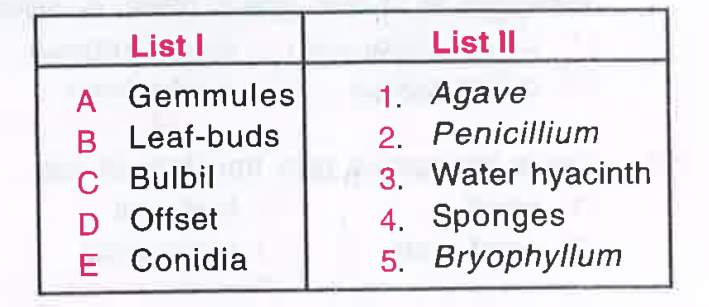 View Solution
View SolutionMatch List I and List II and select the correct option
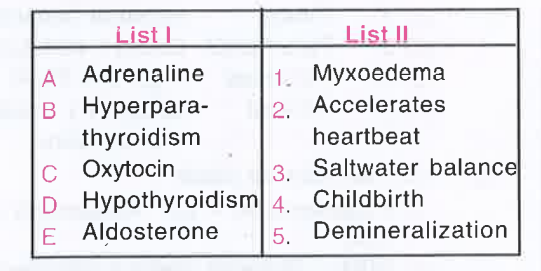 View Solution
View SolutionMatch List I (Reaction) with List II (Type of reaction ) and select the correct answer using the code given below the lists :
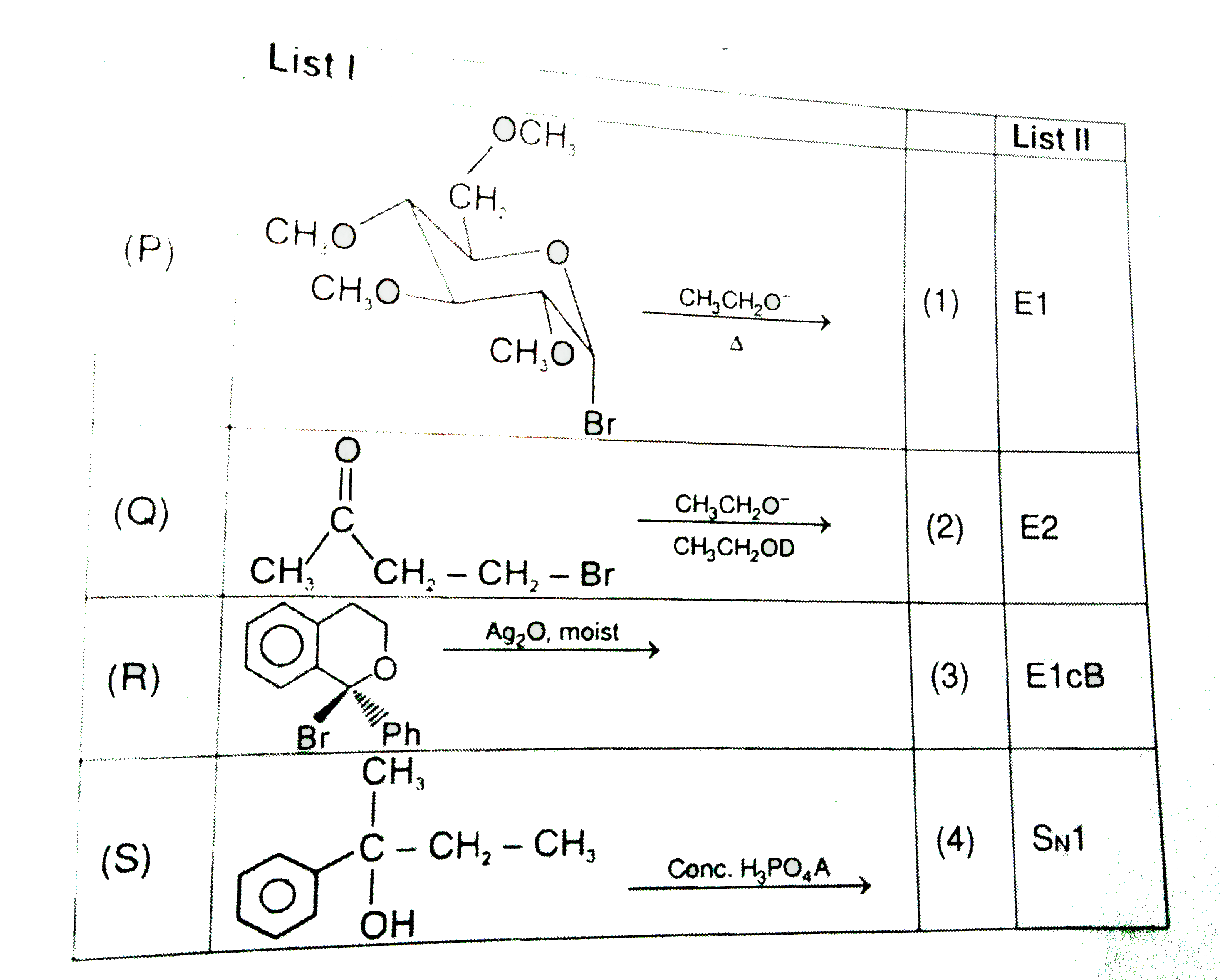 View Solution
View SolutionMatch List I (Reaction) with List II (Type of reaction ) and select the correct answer using the code given below the lists :
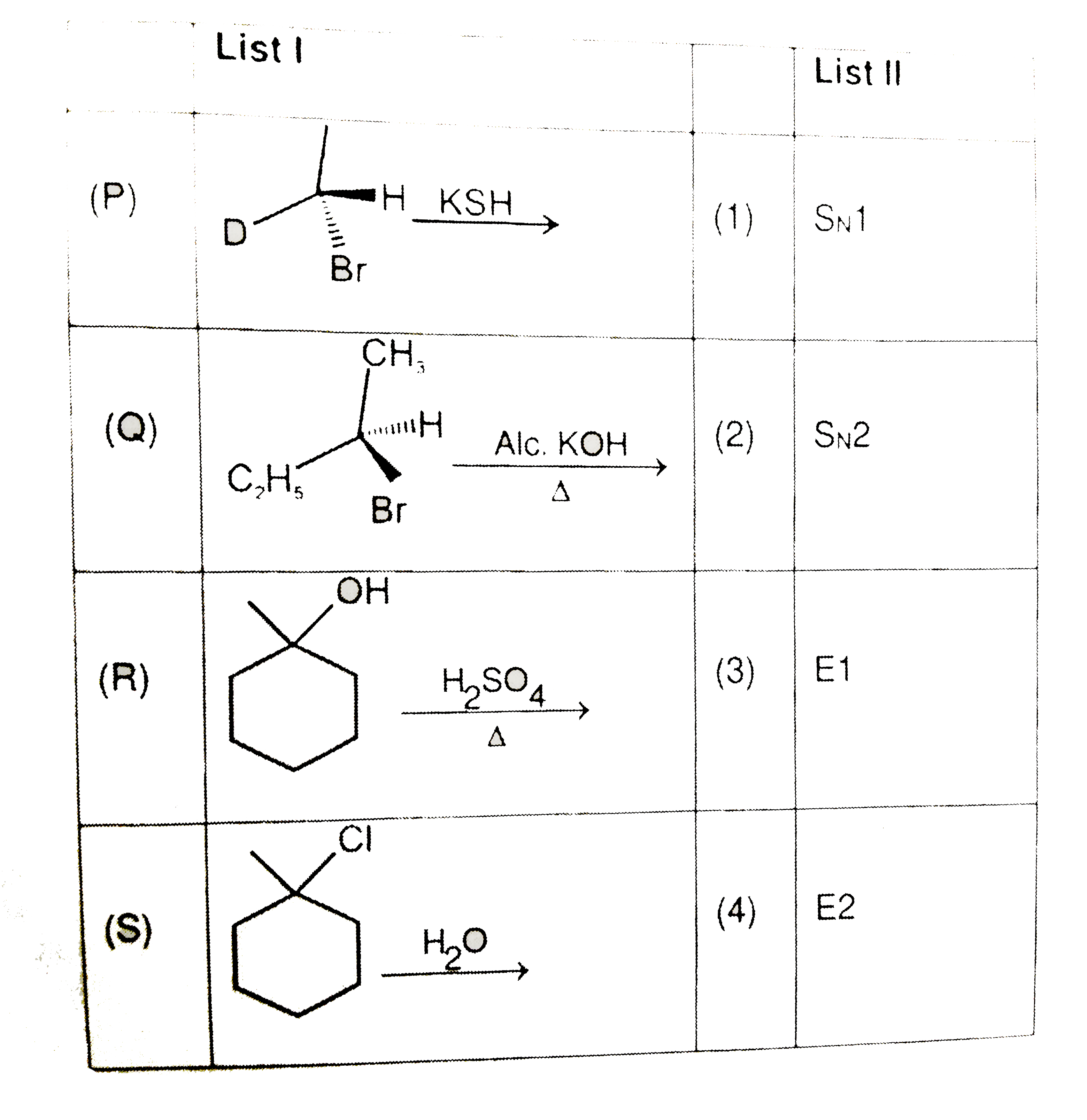 View Solution
View SolutionMatch List - I (Element) with List - II (Process) and select the correct answer using the codes given below the lists
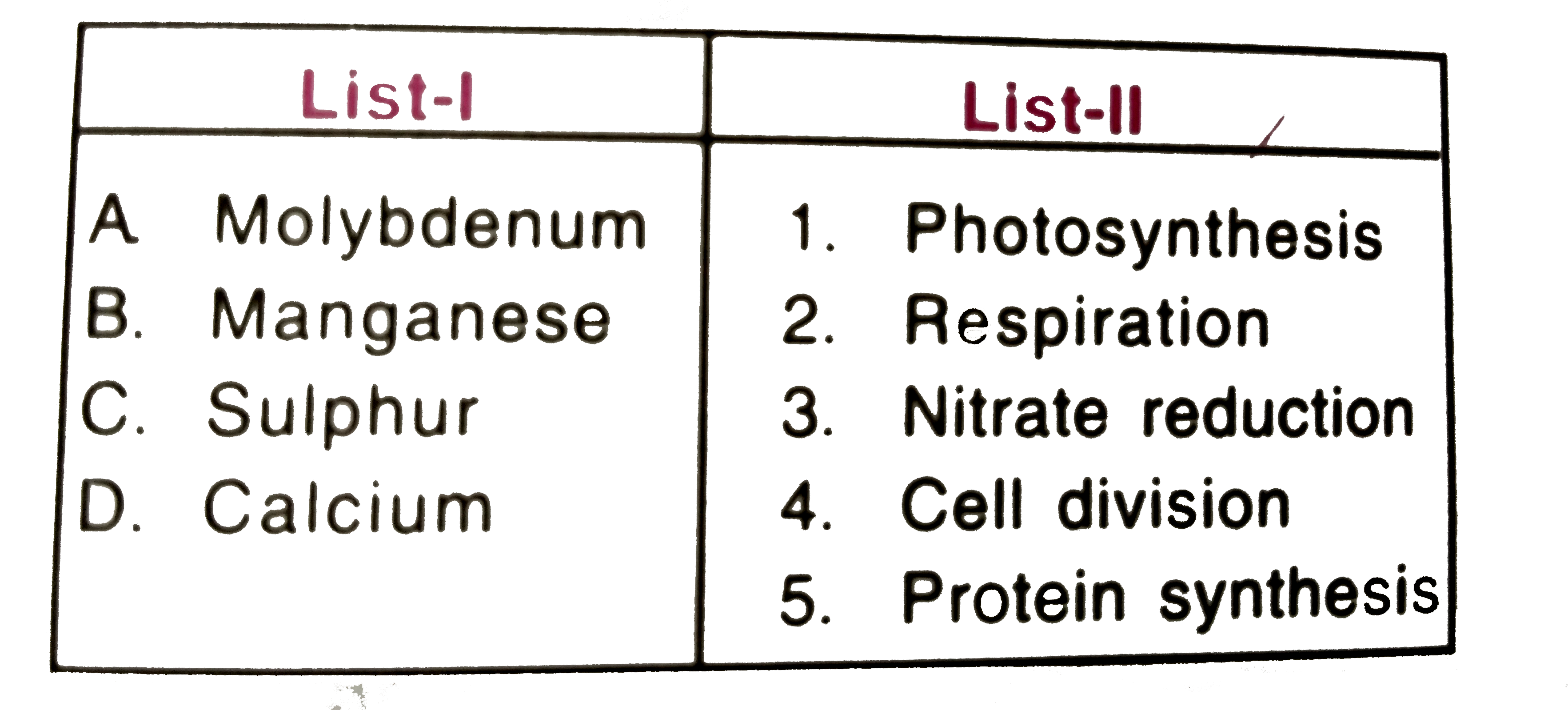 View Solution
View Solution

